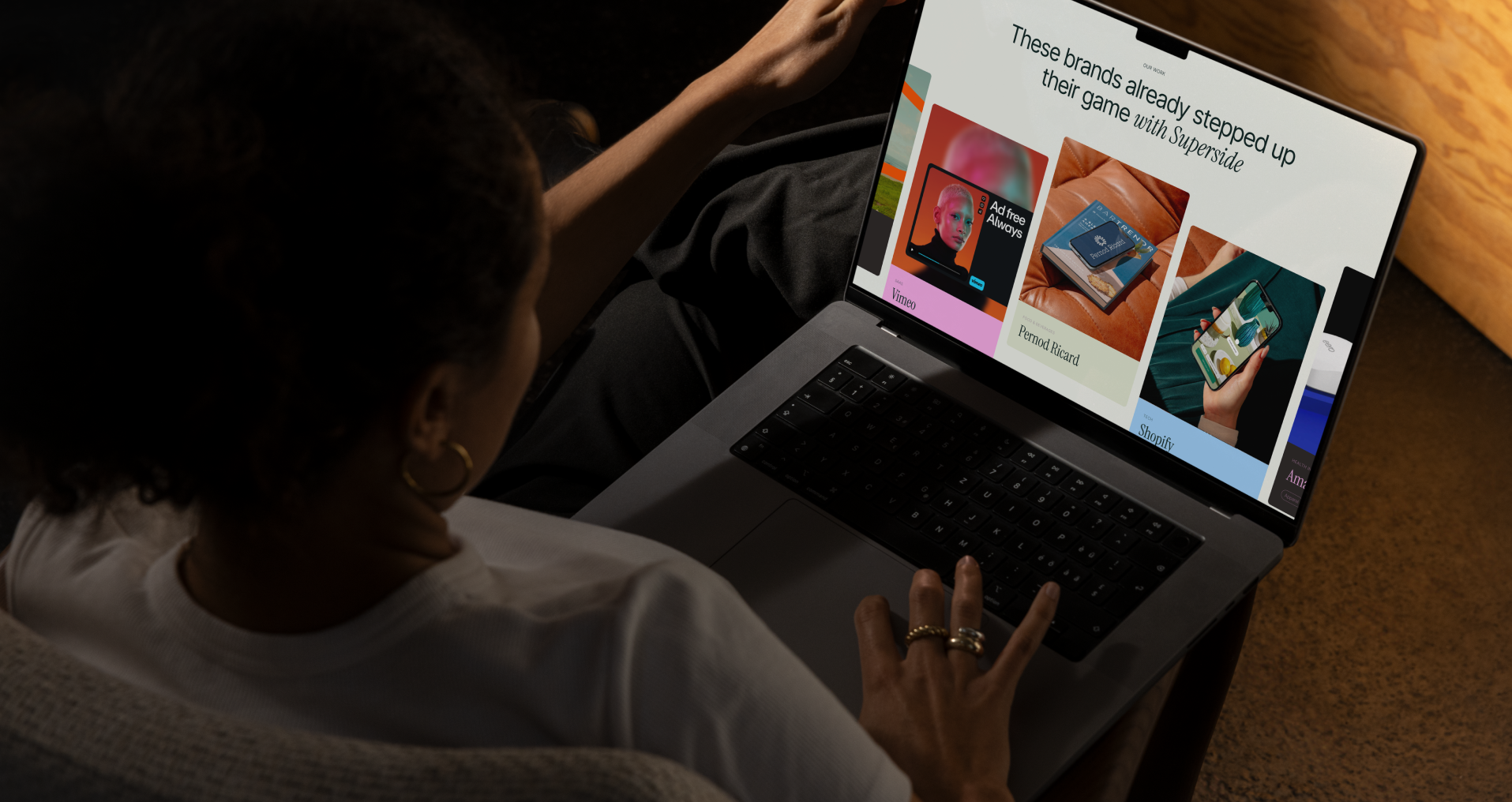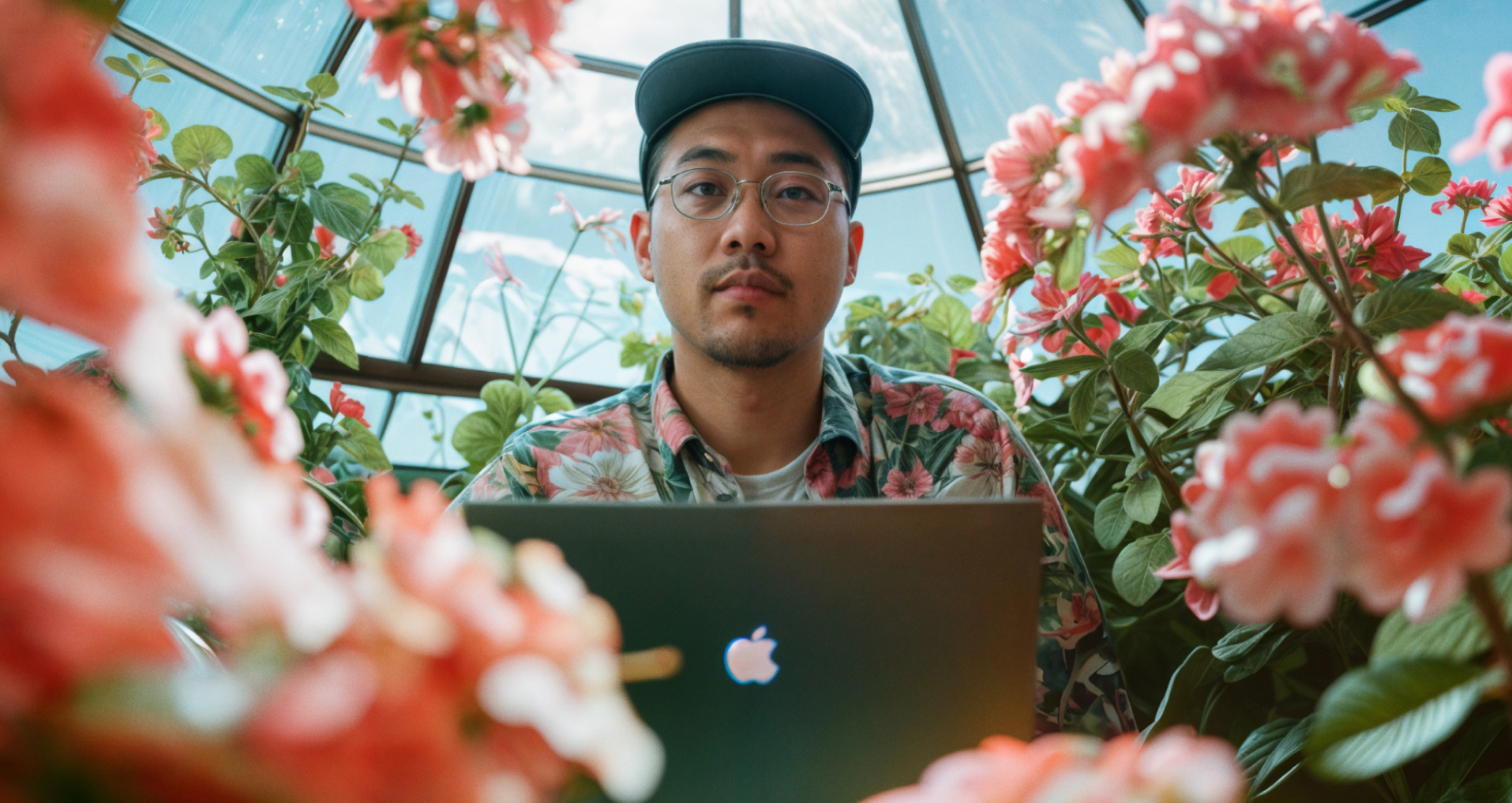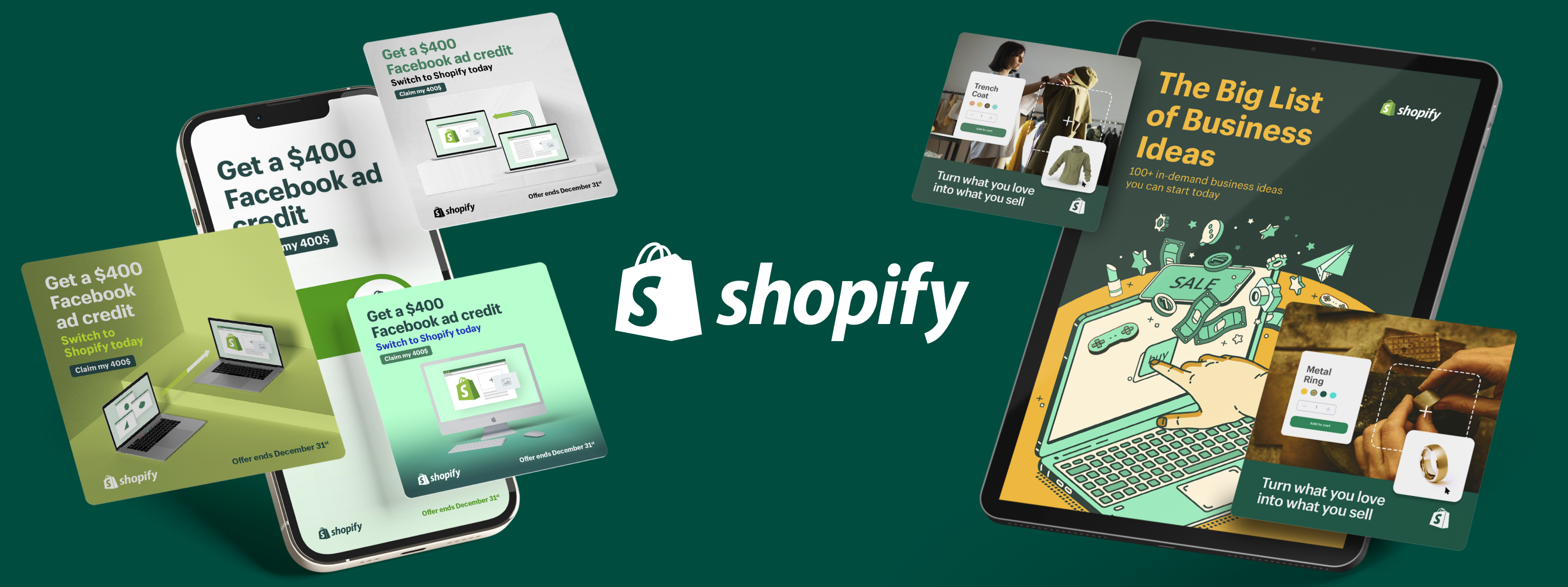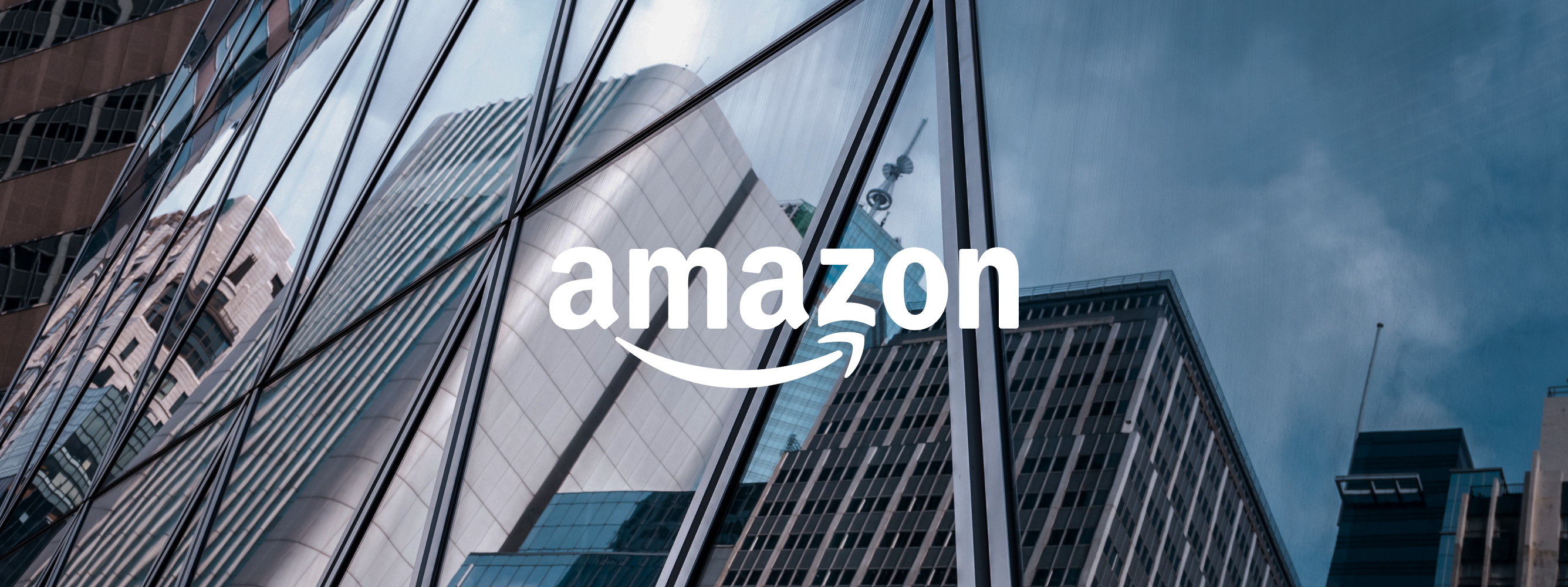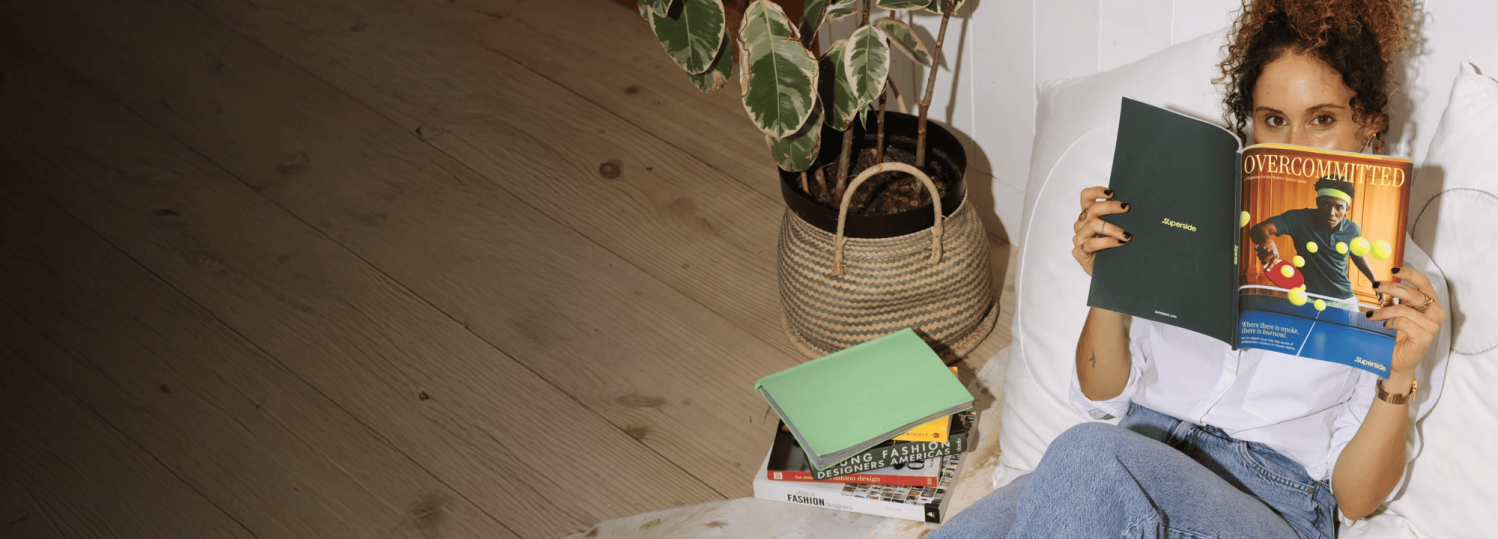Overcommitted, but still strategic
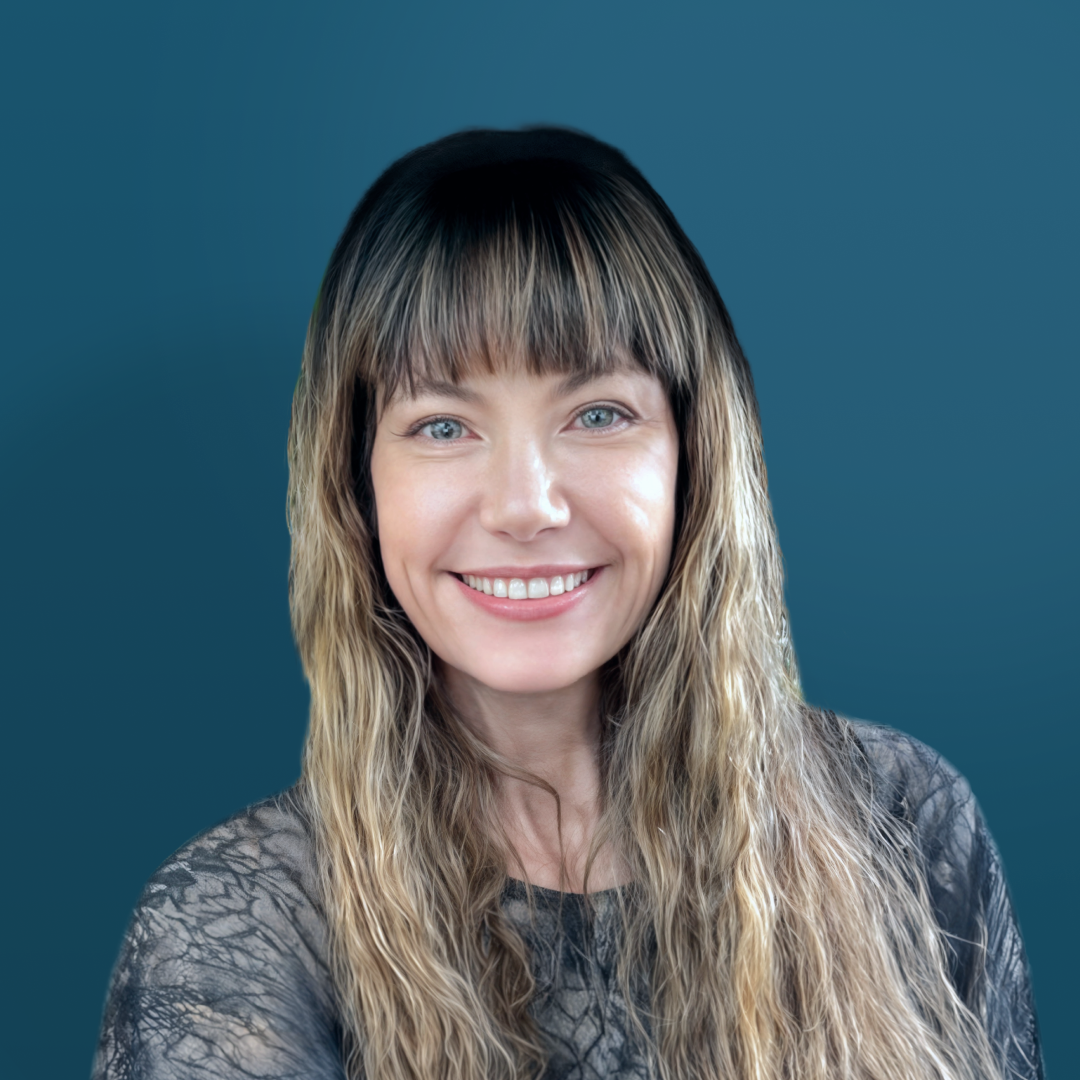

Dear Overstretched Creatives,
This deep dive, reflecting on the results of our Overcommitted Report and my personal experience leading in-house creative teams, is my love letter to you.
Yours in greater calm and creativity,
Jen Rapp
It’s not talent, technology or passion. As a marketing leader overseeing creative teams for the last ten years, the biggest problem in-house creatives face today is bandwidth. Now, more than ever, they’re asked to do more and build more—faster and with fewer resources.
Every creative team I’ve overseen from DoorDash to Klaviyo, even here at Superside, is maxed out—battling burnout as a group and as individuals. No wonder the survey results from our Overcommitted Report came back saying 76% of creative professionals felt burnt out and 78% of their teams felt the same way.
Overcommitted? It’s just another word for in-house teams
In-house creative teams serve many stakeholders. They’re the guardians of the brand and gateway to creative assets for the sales team, marketing teams, event teams, product teams, people teams and more. Anything that requires graphics, video or design, comes to the creative team.
Source: The Overcommitted Report
Popularity comes with a price
Would you like fries with that? The rise of digital media was one of the main reasons in-house teams came to exist. Instead of print, TV and radio campaigns, the number of channels and creative formats has exploded—like Big Bang-level expansion—and it just keeps growing. And the fact that it’s all online, means the people making the requests accidentally underestimate the amount of work involved in creating, editing and versioning creative.
Have you seen our new menu items? The move toward motion, video, AR and immersive experiences takes more time to produce and requires highly specialized skill sets. The battle for attention is getting epically harder and ad lifespans are shrinking to nanoseconds, driving the need for non-stop testing and iteration at the speed of light.
Next? Please pull up to the window… Here’s the catch: No matter how big or small they are or how efficiently they work, in-house teams inevitably end up as a bottleneck—a choke point between their KPIs and the entire company’s creative assets. All the work comes into one team, it’s all urgent—and there’s no way to get it all done.
Can I get a little help here?
Most creative professionals, 70% of them, feel that their team’s best talents are wasted on work that’s well below their skill levels and much less strategic to growth.
The solution: When these teams hit maximum capacity—which is always—they outsource. But, it’s far from a perfect solution—with 85% of teams thinking they need to do a better job choosing what they outsource and who they work with.
The problem: Even the best freelancers and agencies aren’t built for today’s digitally driven, AI-infused landscape. Starting from scratch and determining the best partner for each project is no way to scale. It’s likely why 51% of creative professionals have lost faith in traditional agencies. Honestly, I’m surprised that number isn’t higher!
Source: The Overcommitted Report
There has to be a better way!
The times they are a changing. While traditional service providers struggle to adapt, failing to deliver on speed, quality and communication (or address a plethora of other performance challenges)—partners like Superside, have risen to the occasion.
Before I joined Superside as CMO, I was also a customer. In 2021, my creative team at Klaviyo was seriously swamped. After exploring our options, we hired Superside. Why? What stood out to me was that Superside understood what it meant to step in and act like an extension of our in-house team.
They didn’t try to replace our expertise, they amplified it by serving as an extension of our team. Suddenly, we had a creative team serving our creative team. Our team was able to move faster, get more done and be more creative, without hiring more people or spending our limited budget on a fancy agency.
Ultimately, with Superside by our side, our creative team was no longer the “blocker.” Our internal stakeholders were happier—here’s looking at you Thuan Tran on our Growth Team and Josh Mendelsohn in Product Marketing—and our creatives were happier too.
Enjoy the Overcommitted Report. There’s hope for every overcommitted creative on the planet. We got you!
Superside Chief Marketing Officer, Jen Rapp has 20+ years of experience leading marketing teams and growing brands like Klaviyo, DoorDash, TOMS and Patagonia. She’s also an active rock climber, skydiver, mountaineer, paraglider, skier, Cessna pilot and proud mom. Connect with this full-time CMO and adventurer to talk scaling design, mountains or both.
You may also like these

The state of in-house creative teams? Overcommitted
Throughout my career—first as a designer and now as Executive Creative Director—being “creative” has meant many things, especially in business. Working with brands like Adobe, Pinterest, Sony Music and Fendi, you learn from the best. You also experience the pressures of sky-high expectations, mammoth workloads and minuscule timelines.You choose your profession because of your talent and passion for creative—but your day-to-day is just admin and juggling deadlines. We know this truth. We live it. We feel it every day. But, how do you prove it? More importantly—how do you fix it?So, we asked 200+ creative leaders how they’re handling the chaos—what’s working, what’s not and what’s next. Here’s what we found:Everyone’s burned out
Not Your Average Cybersecurity Playbook
Jacqui Morgan is not just challenging the status quo in social media strategy—she’s redefining what’s possible for B2B brands. As the Global Social Lead at Palo Alto Networks, a global cybersecurity leader, Jacqui blends creativity, bold moves and a relentless drive for innovation to elevate her brand’s online presence.We met with Jacqui at her Santa Clara office to hear all about her role, the challenges she’s faced and what makes her work shine.Q: Running social media for a tech giant must be a wild ride. Can you tell us a little bit about yourself and what you do at Palo Alto Networks? A: My name is Jacqui Morgan, and I’m the Global Social Lead at Palo Alto Networks. I oversee our social strategy, which includes creating and managing the incredible content you see across platforms like LinkedIn, Meta, and X. Our focus spans across all our products and thought leadership efforts. We have a lot of different channels. All of those channels require support, and all of those channels require creative, so we are constantly iterating and working with our teams to put out the best content possible across all different verticals.Cybersecurity is a very important topic. It’s probably up there with death and taxes as non-negotiables in life. Everyone has a computer, everyone has a phone and everyone needs cybersecurity in some way. And so we have a very big responsibility to make sure that we're talking about this topic in a way that people will get and understand.
It’s no longer “if AI"—It’s “how”
From the designer’s keyboard to the executive boardroom, creative professionals and senior leadership agree on the fact that businesses should embrace AI.Creatives in particular have little doubt about the benefits, with 96% saying AI will speed production and 93% indicating it will also elevate quality. Following suit, 89% of the executives realize how generative AI drives efficiency and unlocks new possibilities, like building custom image and illustration libraries and greater freedom and agility in concepting.With alignment on “why”—the focus shifts to “how” Everyone wants to get to the end results as quickly as possible. But, there’s more to AI transformation than simply picking the right tools. If that’s all you look at, you’ll fail more often than you succeed. Especially when the people leading change—the in-house teams—are already overcommitted.Think bigger than tools and tech
